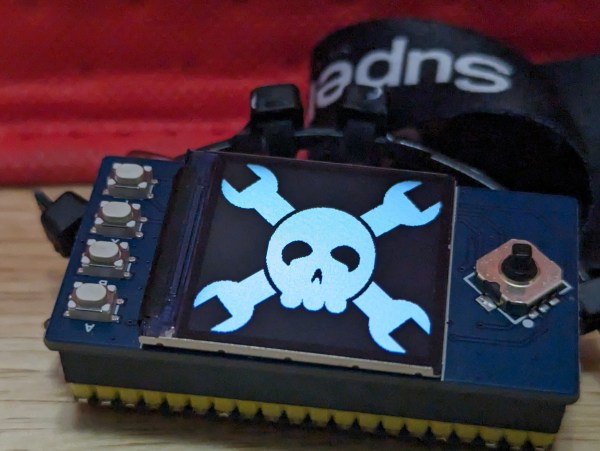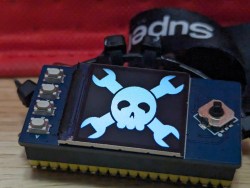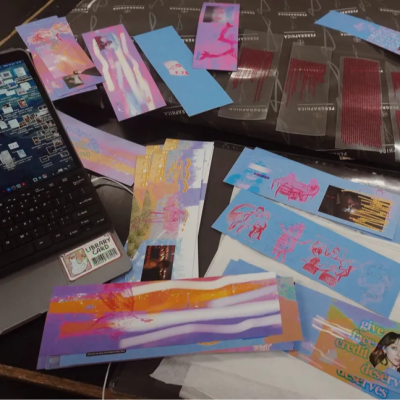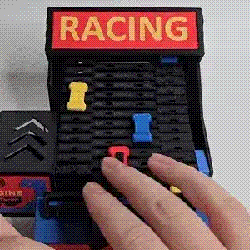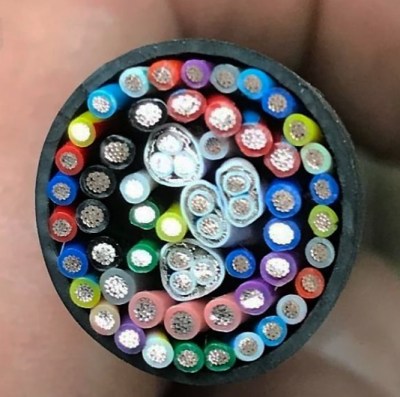There you are at the surplus store, staring into the bin of faded orange, yellow, red, and black, boxes–a treasure trove of vintage vacuum tubes—dreaming about building a tube amp for your guitar or a phonograph preamp for your DIY hi-fi sound system. But, if you are not already in possession of a vintage, purpose-built tube testing device, how would you test them to know whether they are working properly? How would you test out your designs before committing to them? Or maybe your goal is simply to play around and learn more about how tubes work.
One approach is to build yourself a breadboard for tubes, like [MarceloG19] has done. Working mostly with what was laying around, [MarceloG19] built a shallow metal box to serve as a platform for a variety of tube sockets and screw terminals. Connecting the terminals to the socket leads beneath the outer surface of the box made for a tidy and firm base on which to connect other components. The built-in on/off switch, fuse and power socket are a nice touch.
[MarceloG19’s] inaugural design is a simple Class A amplifier, tested with a sine wave and recorded music. Then it’s on to some manual curve tracing, to test a tube that turns out to be fairly worn-out but serviceable for certain use cases.
If you’re dipping your toes into tube-based electronics, you’re going to want a piece of equipment like this prototyping board and [MarceloG19’s] documentation and discussion are a good read to help get you started.
Once you have your board ready, it’s time to move on to building a stereo amplifier , a tube-based headphone preamp, or take things in a different direction with this CRT-driven audio amplifier.



